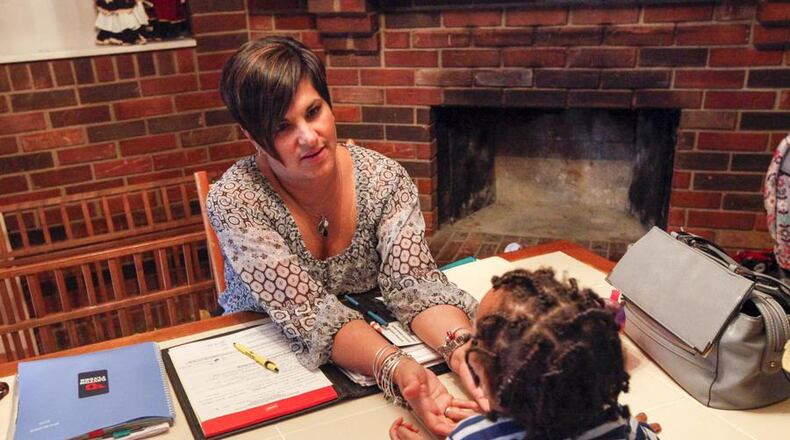Turnover at child welfare agencies is typically up to six times the national average turnover rate for all industries, according to the Ohio Department of Job and Family Services.
RELATED: High staff turnover, burnout puts child welfare system in crisis
Overworked caseworkers was cited as a contributing cause of child deaths from abuse and neglect in a 2017 investigation by this newspaper. That probe found hundreds of children have died in Ohio while on the radar of a child welfare agencies.
In at least 19 cases, the child had been initially removed from the home because of an unsafe living situation and then returned — sometimes just days before their deaths.
INVESTIGATION: Who’s protecting our children?
READ THEIR STORIES: These 19 children died after welfare agencies returned them to their birth parents
Officials and lawmakers responding to that report said Ohio’s child welfare system needs better funding and the overburdening of caseworkers needs to be addressed.
“Ultimately, a stronger workforce with less turnover and more supportive organizational environments should improve the outcomes of the vulnerable families and children served by the child welfare system,” said Dr. Michelle Graef, QIC-WD director.
Other sites selected nationally for this research include Louisiana, Nebraska, Oklahoma, Virginia, Washington, Milwaukee and the Eastern Band of Cherokee Indians.
About the Author
